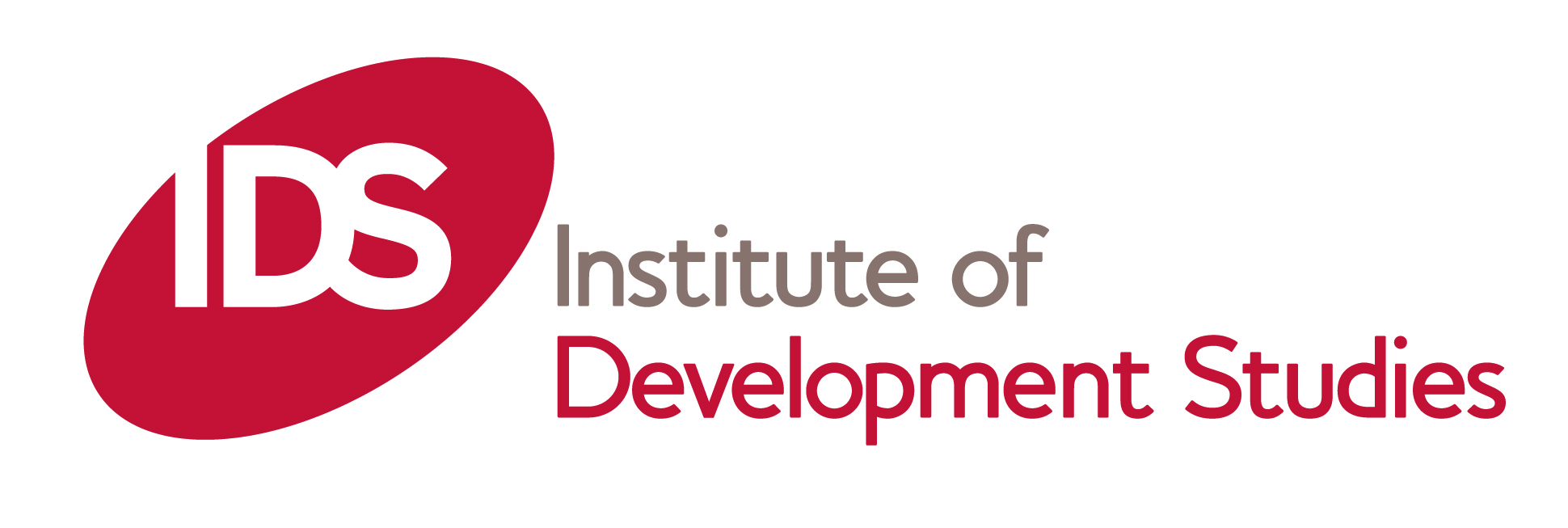Location
Eldis is an online information service providing free access to relevant, up-to-date and diverse research on international development issues. The database includes over 40,000 summaries and provides free links to full-text research and policy documents from over 8,000 publishers. Each document is selected by members of our editorial team.
To help you get the information you need we organise documents into collections according to key development themes and the country or regionthey relate to. You can browse these on the website or find out about our subscribe options to get updates in a format that suits you.
Who produces ELDIS?
Eldis is hosted by IDS but our service profiles work by a growing global network of research organisations and knowledge brokers including 3ie, IGIDR in India, Soul Beat Africa, and the Philippines Institute for Development Studies.
These partners help to ensure that Eldis can present a truly global picture of development research. We make a special effort to cover high quality research from smaller research producers, especially those from developing countries, alongside that of the larger, northern based, research organisations.
Who uses ELDIS?
Our website is predominantly used by development practitioners, decision makers and researchers. Over half a million users visit the site every year and more than 50% of our regular visitors are based in developing countries.
But Eldis is not just a website. All of our content is Open Licensed so that it can be re-used by anyone that needs it. Website managers, applications developers and Open Data enthusiasts can all re-use Eldis content to enhance their own services or develop new tools. See our Get the Data page for more information.
Members:
Resources
Displaying 631 - 635 of 1155Impact of carbon value on profitability of improved fallow agroforestry systems in Kigezi highlands, Uganda
The economic advantages of improved agro forestry fallow systems over traditional continuous cropping systems are important tools that can be used to influence the choice of land use options at household levels. In Kigezi highlands Uganda, the upper parts of farmers’ crop field terraces are degraded due to continuous cropping. Improved fallows are being promoted in order to increase soil productivity while increasing fuelwood production.
Reasons for food insecurity of farm households in South Wollo, Ethiopia: explanations at grassroots
This paper takes a grassroots approach to understand the causes of the variation in food security status among rural farm households Ethiopia.The research is carried out by the Broadening Access and Strengthening Input Market Systems (BASIS) project in Ethiopia which conducted a panel of household surveys since June 2000 in four study districts in South Wollo and Oromia zones of Amhara region.
Socio-economic dominance of ethnic and racial groups: the African experience
This paper argues that socio-economic dominance based on ethnic and race factors is a long standing phenomena in Africa, which was instigated by colonial rule and perpetuated by elite interests in capital accumulation and political power during the post-colonial era. The report looks at experiences from a range of countries, including Zimbabwe, South Africa, Rwanda and the Congo.It finds that ethnic dominance-building strategies have tended to focus on the control of access to limited resources.
Agriculture and poverty in South Africa: can agriculture reduce poverty?
Poverty and income inequality persist in South Africa despite efforts to eliminate them. Poverty is more pervasive in rural areas, particularly in the former homelands: the majority (65 percent) of the poor are found in rural areas and 78 percent of those likely to be chronically poor are also in rural areas.
AIDS and female property/inheritance rights
This fact sheet explores the issue of women’s property and inheritance rights and its relationship with HIV/AIDS.It argues that while property and inheritance rights are important for women generally, they take on dramatically increased importance in the context of HIV and AIDS.



